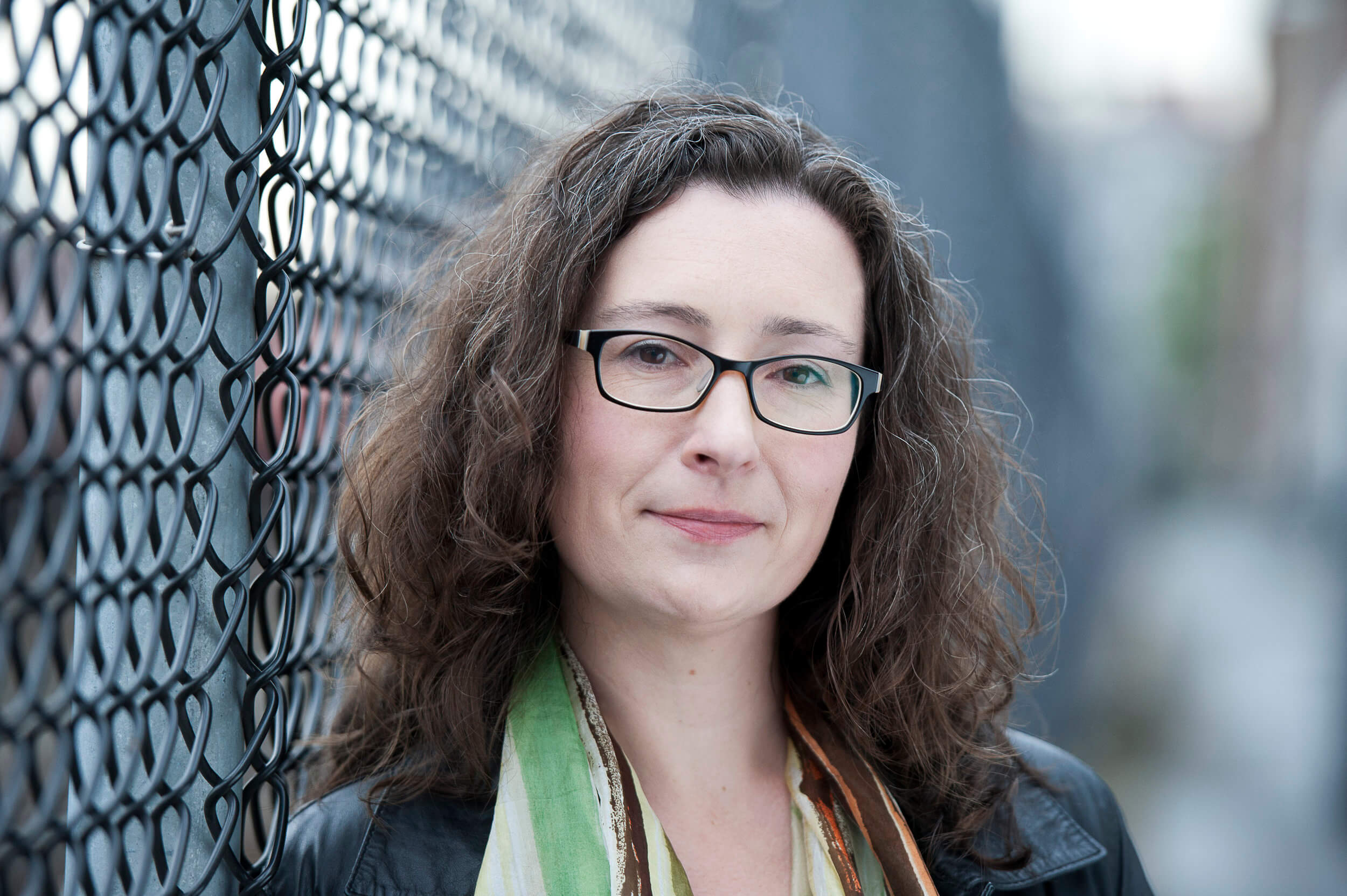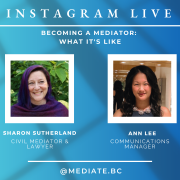Mon 22 Jul 2019
Mediator Amanda Semenoff shares her views on A2J
Posted by Walter.Brynjolfson
Recently we sent an email to mediators with a link to a short survey. Access to Justice (A2J) had become a prominent topic, and we wanted to get a sense of what mediators thought. The results were varied, but fulsome; and we’re eager to hear more. If you are a mediator and you haven’t responded, please follow this link to let us know your thoughts.
In the meantime, we reached out to a few people, hoping to go a little deeper than a few survey questions. Here’s an interview with Amanda Semenoff, civil mediator.
If civil mediation isn’t your focus, we also interviewed retired judge and family mediator, Carol Baird Ellan. Click here to read what she had to say.
How important is Access to Justice (A2J) to your collaborative dispute resolution practice? (Multiple choice answers are: pivotal, important, secondary, or not important)
I’d say it’s secondary.
What does Access to Justice mean to you as a practitioner?
A2J is not really central. Most of the people I deal with aren’t going to court if things don’t work out anyway. It’s not like family style access to justice where things are more about rights and fairness. Most of my work is about relationship repair and future earnings opportunities. They don’t have a justice framing to their issues. If conflicts I resolve get really ugly they MIGHT go to court, but that’s unlikely.
If you define Access to Justice more broadly as access to dispute resolution services, then yes, I do try to offer my part. I advertise myself as doing some pro bono and low bono work, but I don’t get those calls (almost ever). The calls I get are usually people willing to pay the full price, but might be unique to the type of people I work with.
Why is that the case? I’m not entirely sure. I know CRT is handling A2J for a large portion of civil cases. Probably the large portion of civil issues that need better access to justice are going to be consumer, neighborhood, employment, etc. And those haven’t been my practice areas. I mostly work with start-ups.
What are some key ways you improve access to justice in BC according to the three elements of the A2JBC Triple Aim measurement framework (page 9):
Geographic: I’ve done a lot of work online and with phones so people can participate from distances where they wouldn’t otherwise have access.
User-experience: I am very focused on trauma aware practice, accessibility, meeting disability needs, and that kind of stuff. If we are dealing with PTSD and trauma, and people having difficulty engaging with things that are difficult, sometimes that is related to access to justice.
Cost: I do offer both coaching and mediation services at lower rates.
If you’re interested in reading what other mediators have to say, we’ll be releasing more responses from the survey as time goes on. You can also click here to read Carol Baird Ellan’s responses to these questions. As a family mediator, she has a very different perspective.
For more about Amanda Semenoff, visit her roster profile here.
Also, if you’re a mediator, let us know what you think! Fill out the survey.




